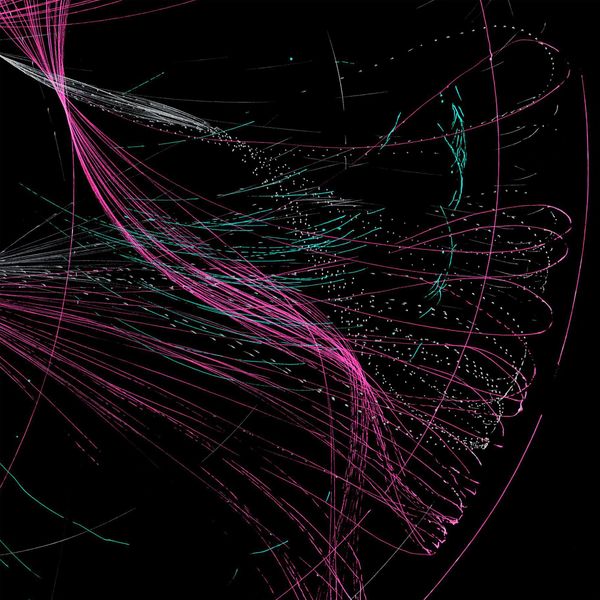Europe’s largest extreme park has been built in Russia, with a huge plywood skateboard ocean inside. The 8,000-square-metre structure is an urban landmark that combines sports, education and social functions under one roof, with the powerful atmosphere and drive of modern street culture.
It is no coincidence that the complex is named “Uram,” which means street in Tatar. The joint building by Legato Sports Architecture and KOSMOS Architects has become the new indoor citadel of street sports. In addition to various sports zones, public cultural spaces have been created, including a contemporary music center, DJ school, skateboarding shop, dance hall, gallery, lecture hall, café and recreation areas.

The geometry of the façade, which is made of corrugated metal sheets, refers to typical industrial buildings, while the mirror-polished stainless steel elements reflect the environment. The interior concept is based on the use of simple, cheap and practical industrial elements: concrete, sheet metal, reinforced glass, plywood and plasterboard are dominant. To give the space its identity and facilitate orientation within the sports center, the grey design is highlighted by a bright greenish-yellow color.
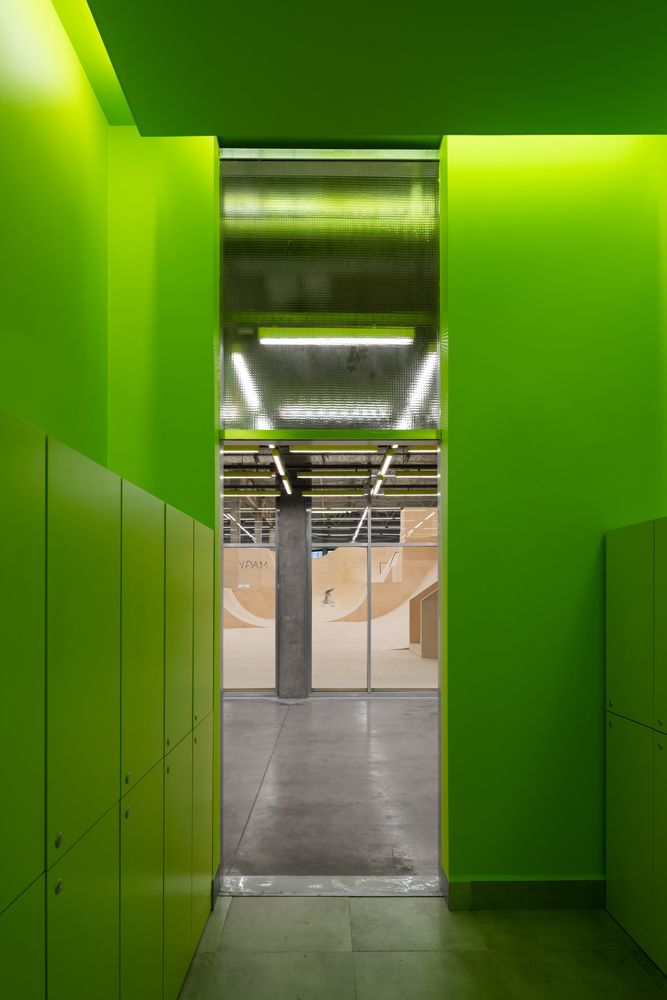
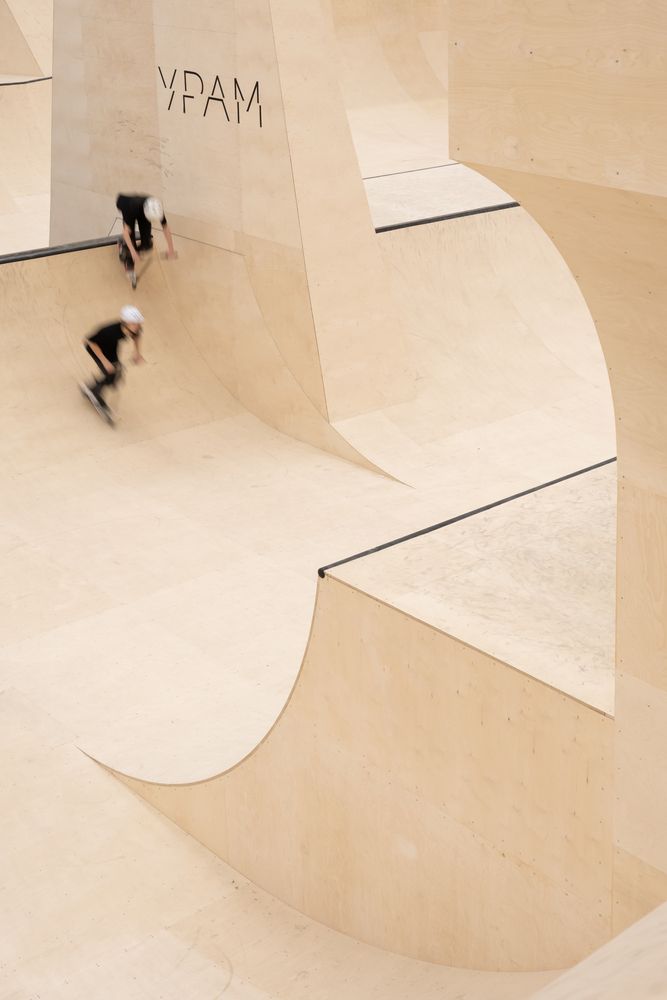
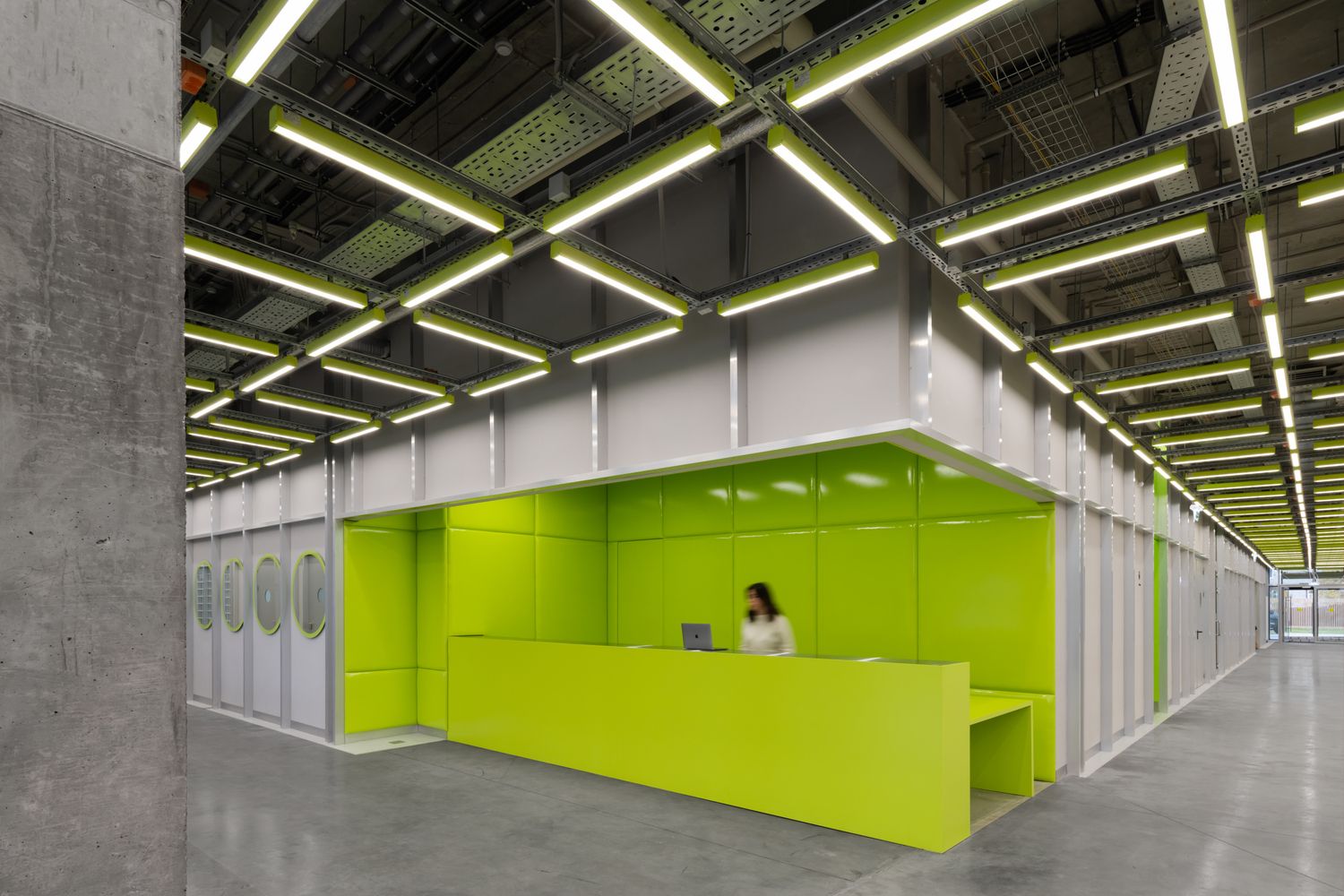
Besides the plywood track, the other big attraction is the concrete skateboard pool. Here, one of the architects, Vasily Borisenko, worked with John Magnusson (a well-known Swedish skateboarder). The bowl design refers to the dawn of skateboarding: the sides are shaped like original copings, like the abandoned California pools where skateboarding was born. A ladder is used to climb up to the pool. At the top, there is a concrete amphitheater where athletes can relax, and next to it, unusual shapes on the flat parts of the pool invite skateboarders to perfect their new tricks.
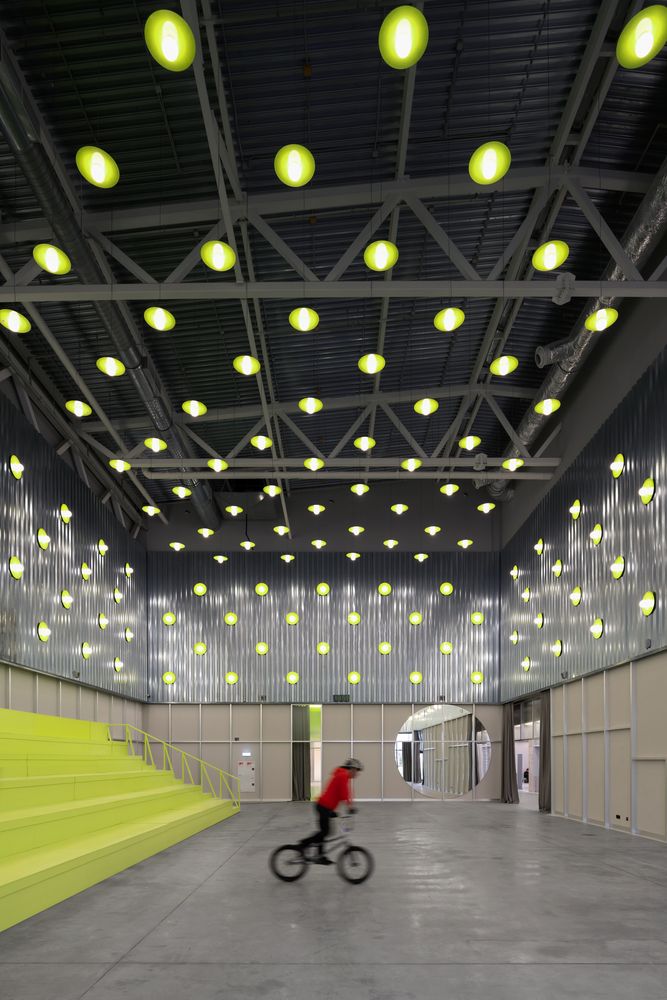

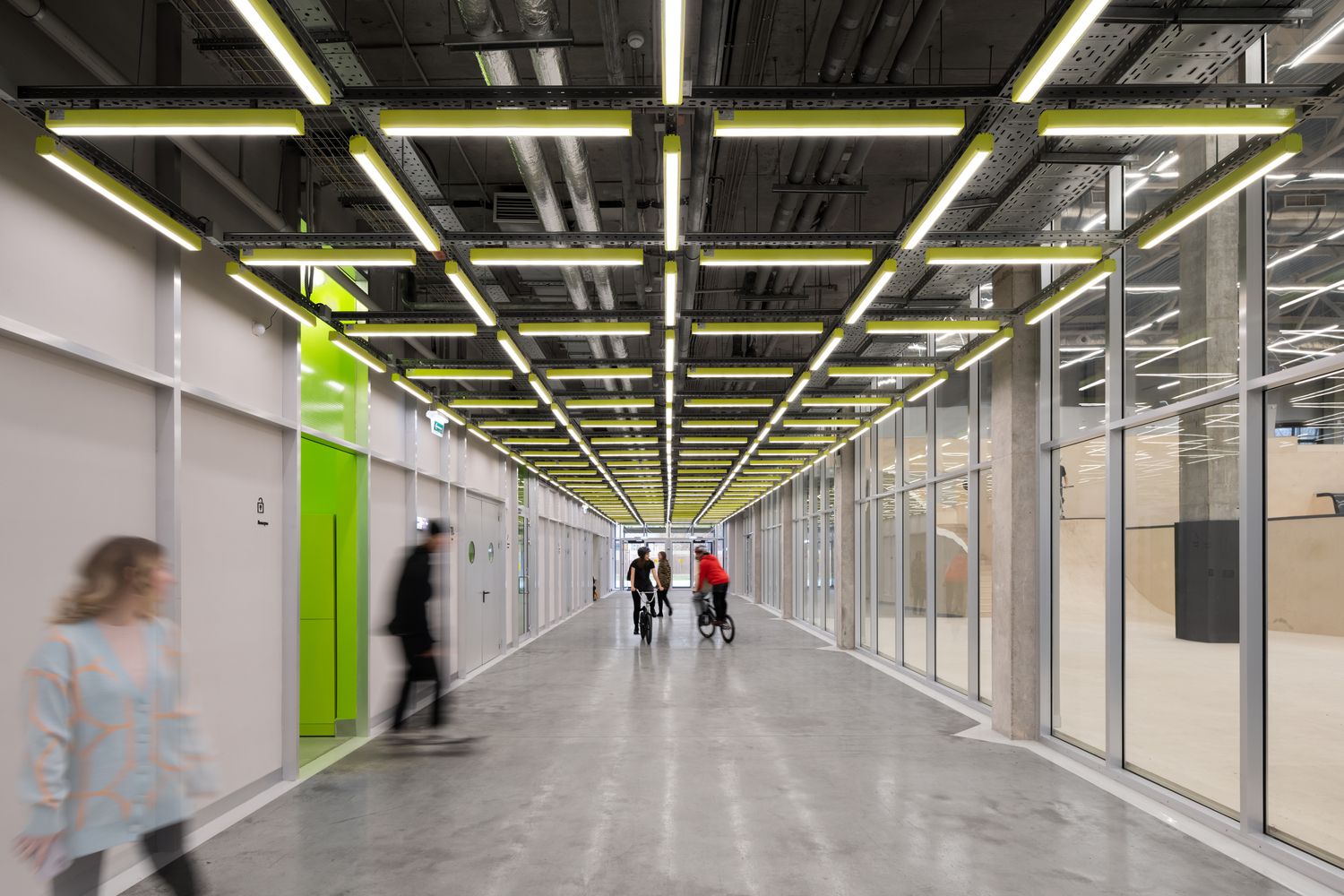
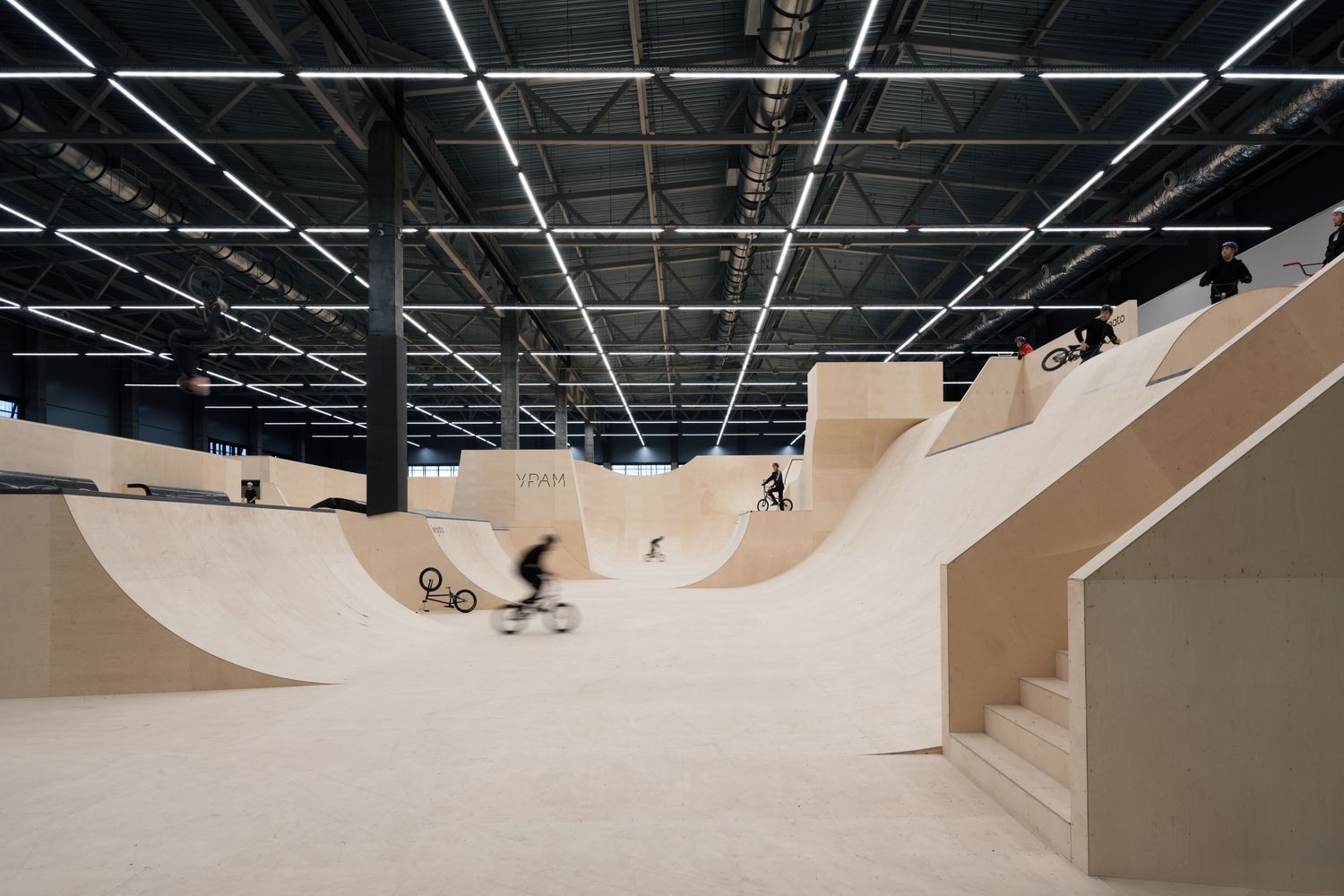
Source: Designboom

The development of zero-energy cities can be achieved with current technologies | We talked to climate scientist Diána Ürge-Vorsatz

Shopping for the future—packaging-free stores in the region | TOP 5
